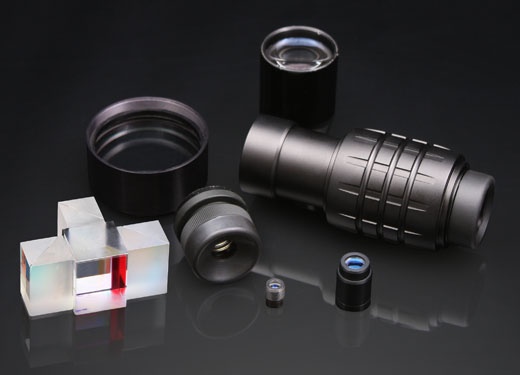 The optical assembly process is often treated as an afterthought of the design process; however, once a product has gone into production, assembly becomes a dominant cost. Designing for ease of assembly becomes a considerable cost-saver in the long run. Below we offer three important points to consider as you develop a product.
The optical assembly process is often treated as an afterthought of the design process; however, once a product has gone into production, assembly becomes a dominant cost. Designing for ease of assembly becomes a considerable cost-saver in the long run. Below we offer three important points to consider as you develop a product.
Start at the End
After creating your initial proof-of-principle design, the first thing to do is talk to the people responsible for assembling and aligning the final system. Assembly technicians can identify design elements that may be problematic to fabricate, assemble, or align. Consider those concerns as you develop the optical system. You will be wasting your time if you design a system that cannot be built.
Let Your Tolerances Be Your Guide
Once you have a preliminary design, have an opto-mechanical engineer check your positioning and performance tolerances. An opto-mechanical engineer can identify mounts that best meet your positioning requirements. It is possible that the cost or size of the mounts will fall outside the system’s specifications. Adjust the optical design accordingly, or request a change in specifications. Small changes at this point will minimize future frustration.
Plan for Alignment
Once you have a solid opto-mechanical design, let your assembly technicians develop an alignment procedure before the design goes to production. Based on their suggestions, you will still be able to incorporate alignment aids into the mechanical design. Early attention to alignment will ease the transition from prototypes to final product.
At Ross Optical, we have expertise in all stages of development, from conceptual design to final assembly in our on-site white rooms. Contact us to discuss how we can enhance your optical designs.
Download our tip sheet - 10 Tips for Practical Optical Design:
Author's Note: Thank you to Rich Youngworth and Jonathon Ellis for correspondence regarding this article.




